How to grow potted amaryllis
Last Update :2024.11.09
Article Catalog
Fertilization - timely top dressing
Soil: The soil is required to be loose, fertile, with good drainage, and the pH value should be controlled between 5.5 and 6.5. Usually the potting soil can be mixed with corroded loam, leaf rot soil and sandy soil. Moisture: When it is dry or wet, water it thoroughly, but avoid too much water. Temperature: The appropriate temperature in summer is 18~22℃. Above 5℃ in winter.
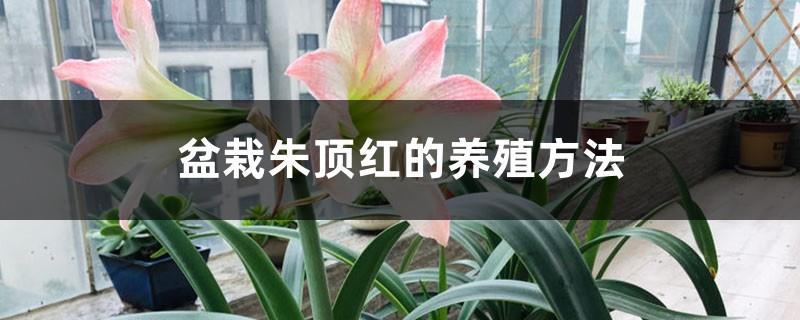
Soil - loose and fertile
Soil—loose and fertile

Amaryllis requires loose and fertile soil. It is fertile, has good drainage, and the pH value is controlled between 5.5 and 6.5. Usually the potting soil can be mixed with corroded loam, leaf rot soil and sandy soil. The better the soil quality, the more vigorously the amaryllis will grow and the flowers will be more beautiful.
Water—see dry and wet
The growing soil of amaryllis requires relatively moist soil, so how to water is very important. Watering should be consistent with seeing dry and wet, and watering should be done thoroughly, but avoid too much water. Usually the indoor humidity reaches the standard and watering is done once a week. If the room is dry, spray frequently to increase humidity.
Sunshine - bright shading
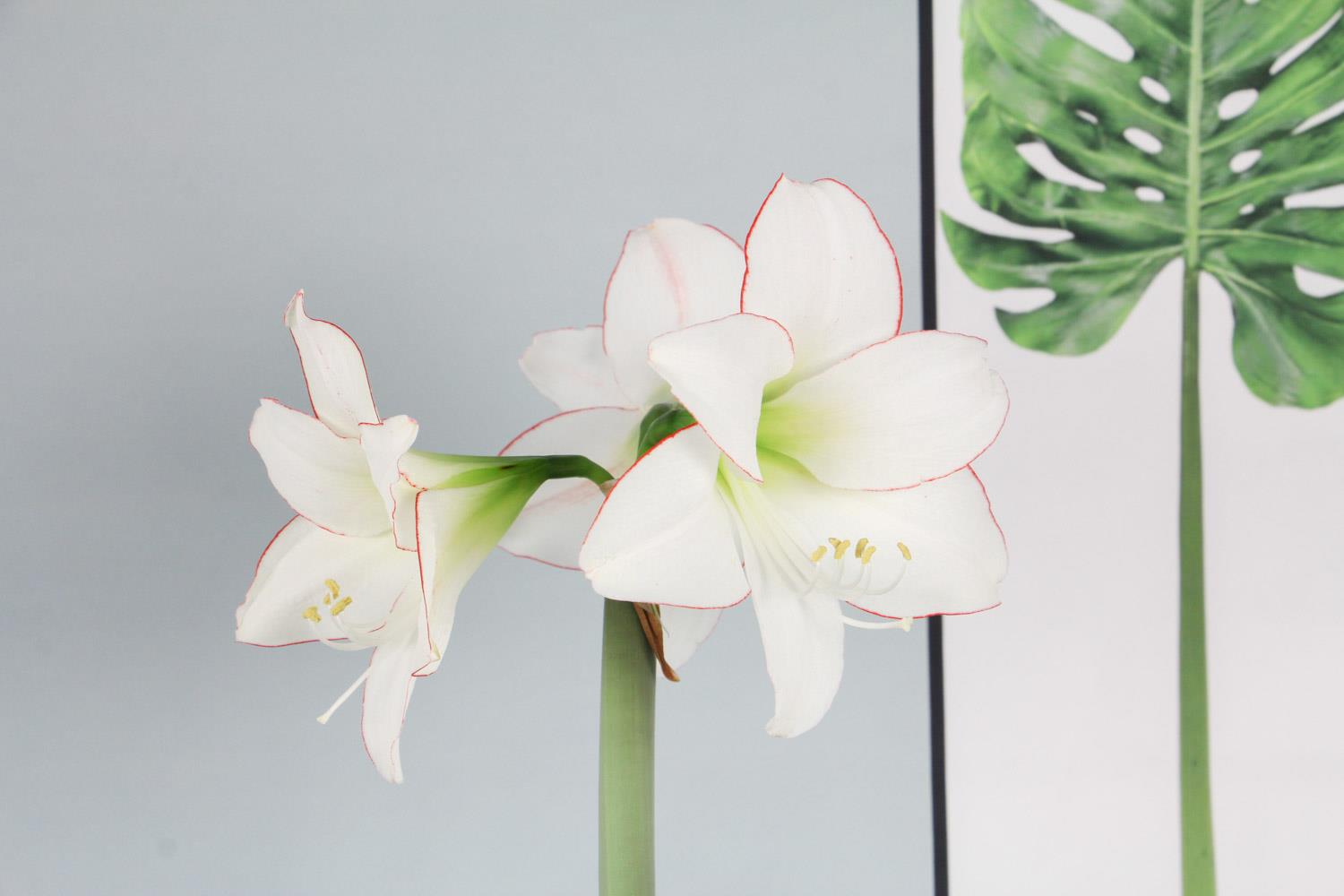
Amaryllis It likes to grow in the sun, and can be exposed to moderate direct sunlight, 2 to 3 hours a day is enough, but not too long. At noon in summer or when the sun is strong, try to move the plants indoors to a window with bright light, good ventilation, and no direct sunlight.
Temperature—like warm and cool
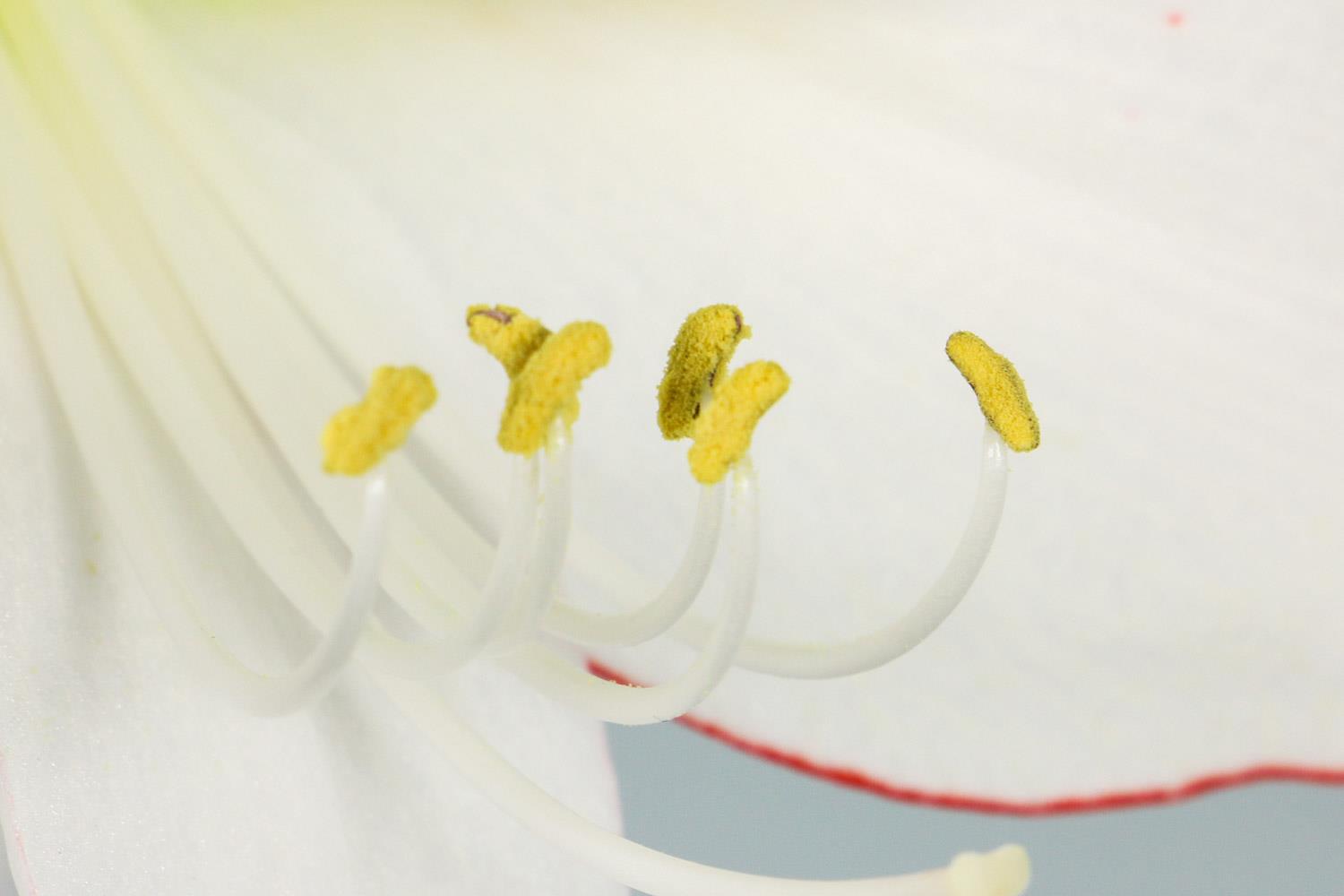
Amaryllis loves warmth and is not cold-tolerant. For summer maintenance, avoid heat and keep the temperature at 18~22℃. Winter dormancy has lower environmental requirements. If the temperature is above 5℃, it can survive the winter safely and can be moved indoors for maintenance.
Fertilization—timely top dressing
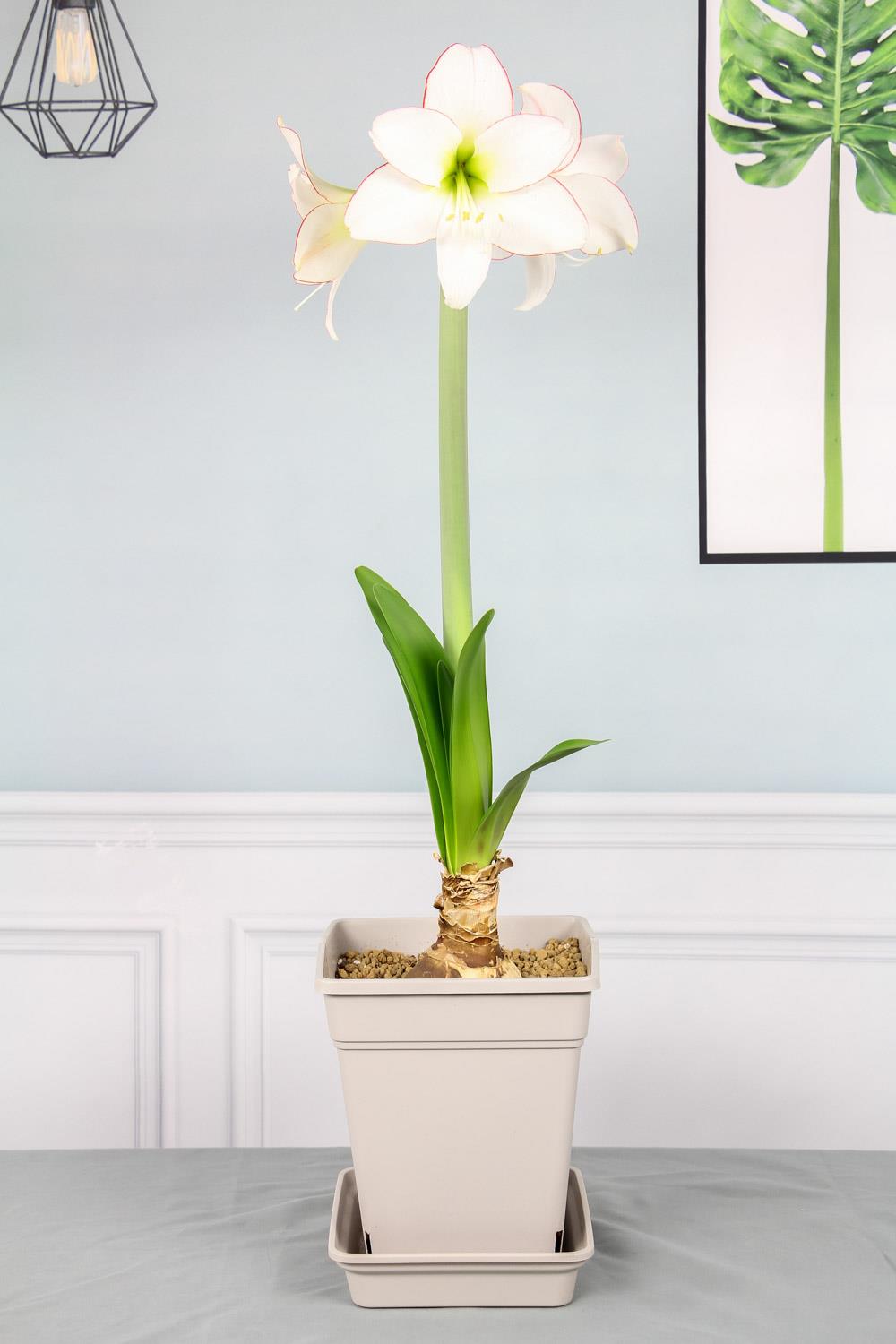
Amaryllis The growth requires sufficient nutrients, especially timely top dressing during the growth period. Generally, decomposed cake fertilizer is applied once every 15 days to promote flowering. After flowering, reduce fertilization and fertilize once every 20 days to promote the growth of bulbs.
Watering - see dry and wet
Sunlight - bright shade
Temperature—like warm or cool
Fertilization - timely top dressing
- END -
The difference between purple jasmine and jasmine

Family and genus distinction: Jasmine belongs to the family Jasminaceae and the ge...
What are the five kinds of trees that attract ghosts and the ten kinds of flowers that attract ghost
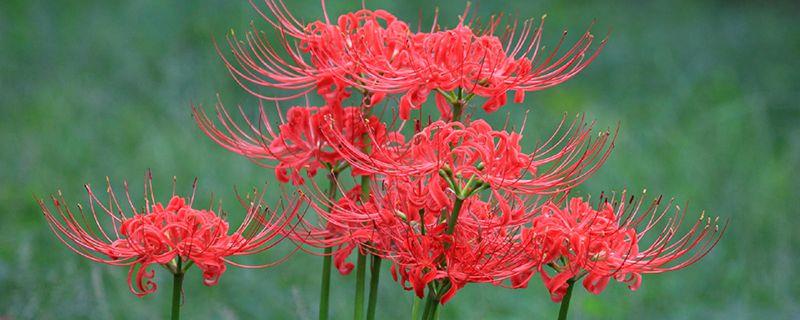
Folklore has many trees and flowers that can attract ghosts. Mulberry, locust, nee...